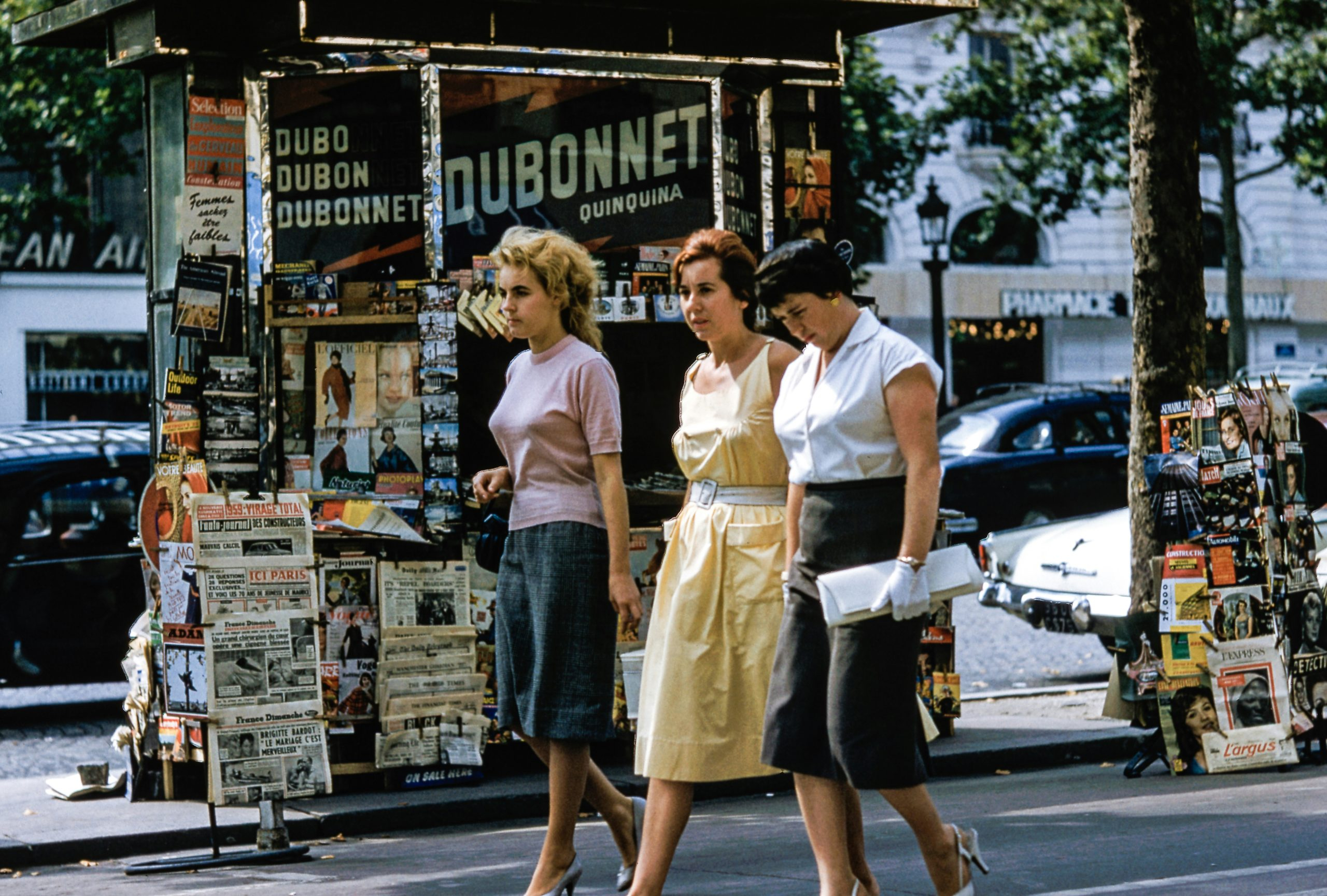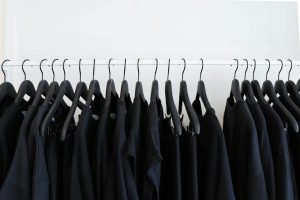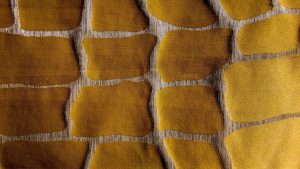Menswear for Women: When Tailoring Becomes Genderless
In recent years, the fashion industry has undergone major changes in terms of gender expression and inclusivity. The rise of gender-neutral and non-binary fashion has pushed the boundaries and blurred the lines between traditional menswear and womenswear. One of the most prominent examples of this shift is the increasing popularity of menswear-inspired styles for women. It’s a trend that has been embraced by fashion-forward individuals and designers alike, and it’s not just about borrowing silhouettes and cuts. It’s about creating a genderless aesthetic. This phenomenon has sparked a conversation about tailoring and its role in breaking down the gender binary. Let’s dive deeper into the world of menswear for women and how tailoring has become genderless.
What is Menswear for Women?
Menswear for women refers to clothing and styles that are traditionally associated with male fashion but are adapted and worn by women. It’s not just about women wearing men’s clothing; it’s about creating a new style that is not confined by gender norms. This concept has been gaining momentum in recent years, thanks to the rise of androgynous and gender-neutral fashion. It’s a reflection of the societal shift towards a more inclusive and accepting world, where individuals are free to express themselves however they want.
The Evolution of Tailoring
Tailoring has come a long way since its inception. It originated as a male-dominated profession, and the idea of women wearing tailored clothing was almost unheard of. However, with the rise of feminism in the 20th century, women started wearing trousers and suits as a symbol of female empowerment. This marked the beginning of women’s entry into the world of tailoring.
Fast forward to the present, and tailoring has become a staple in women’s fashion. More and more women are embracing tailored pieces as a way to express themselves and challenge traditional gender norms. This has led to the rise of menswear-inspired collections by both high-end and high street brands. From oversized blazers to tailored trousers, these pieces are no longer just reserved for men.
The Genderless Aesthetic
The rise of menswear for women goes beyond borrowing styles from men’s fashion. It has birthed a new aesthetic that is genderless and allows individuals to express themselves freely. This approach to fashion is all about breaking barriers and creating a style that is not limited by gender stereotypes. And this is where tailoring plays a crucial role.
Tailoring has always been associated with masculinity, but now it’s being used to break down the binary and create a new sense of fashion. The focus is not on creating a masculine or feminine look, but rather a fluid and androgynous one. This is evident in the growing trend of oversized and boxy silhouettes, where traditional tailoring techniques are used in unconventional ways.
The Power of Tailoring for Women
The emergence of menswear for women is not just a fashion statement, but it also holds significant cultural and social implications. By redefining traditional notions of gender-specific clothing, it challenges the idea of gender as a binary. It also empowers individuals to express themselves without conforming to societal expectations. And this is where tailoring plays a powerful role. It allows for self-expression and promotes body positivity, as it is not tailored to fit a specific gender’s body type.
Inclusivity in Fashion
Menswear for women is a testament to the ongoing evolution of fashion. It represents a more inclusive and diverse industry that celebrates the individuality of every person. From runways to street style, we can see the impact of this trend in breaking down gender barriers and promoting equality. And with more and more designers and brands embracing this concept, it’s safe to say that the future of fashion is genderless.
The Takeaway
The rise of menswear for women and the genderless aesthetic is not just a trend, but a reflection of the changing society we live in. It represents a more inclusive and diverse world, where individuals are free to express themselves without conforming to rigid gender norms. Tailoring has played a significant role in this change, and it shows the power and influence of fashion in breaking down barriers and promoting acceptance. So next time you wear a tailored suit or an oversized blazer, remember that it’s not just about being fashion-forward, but it’s also about embracing gender inclusivity.











